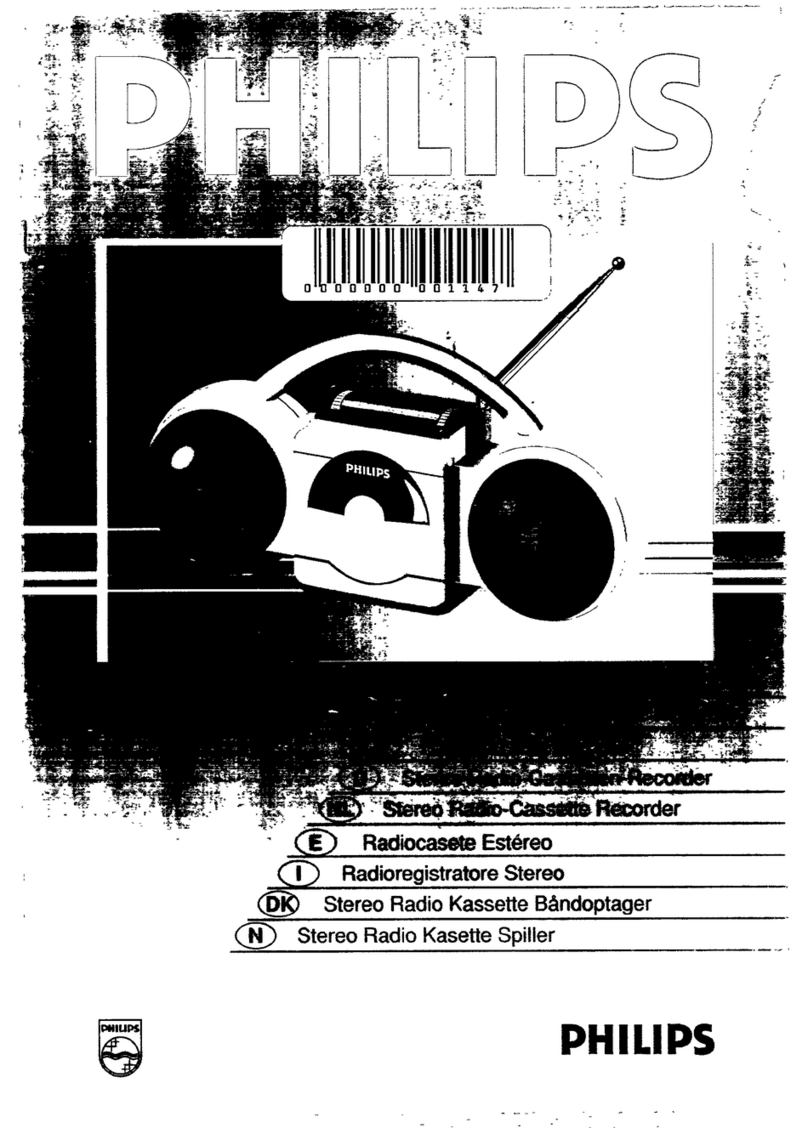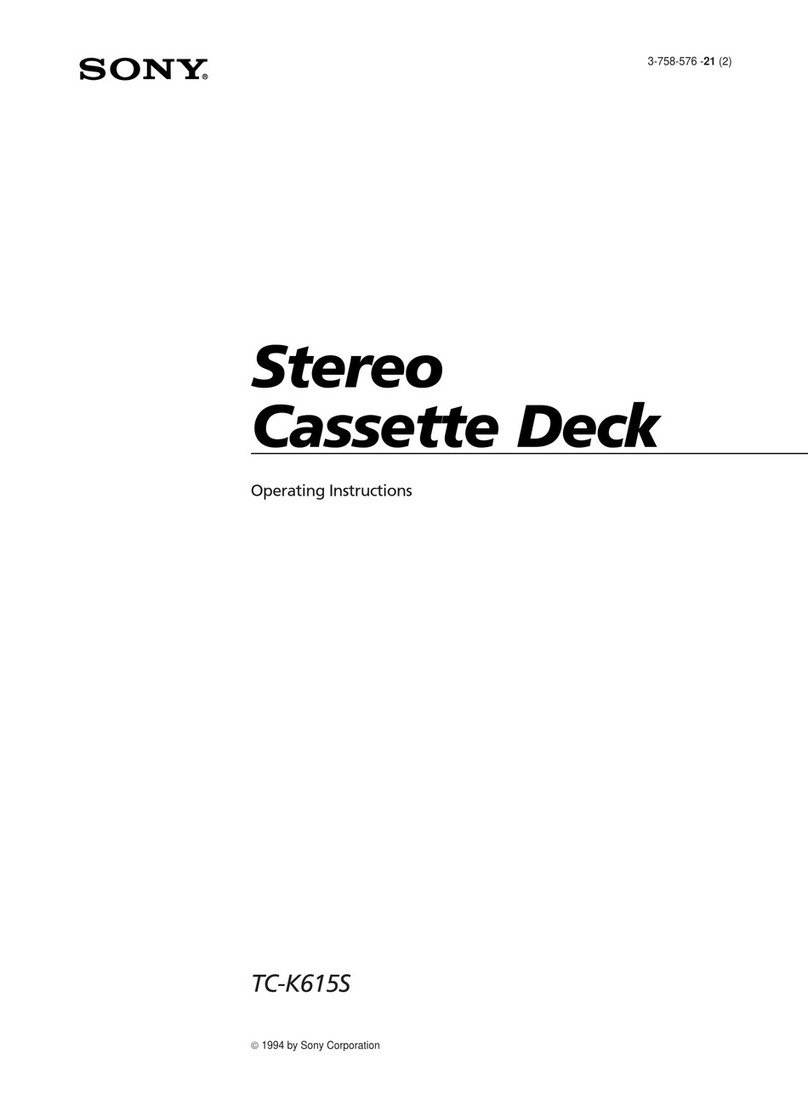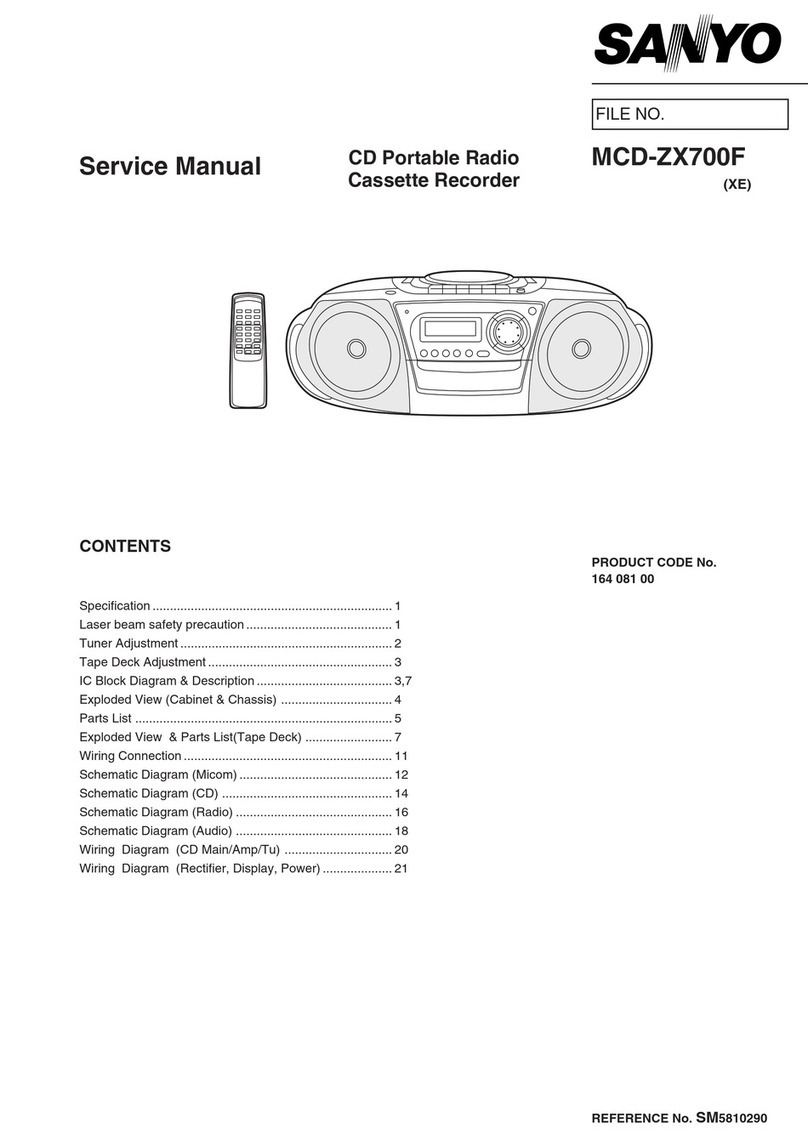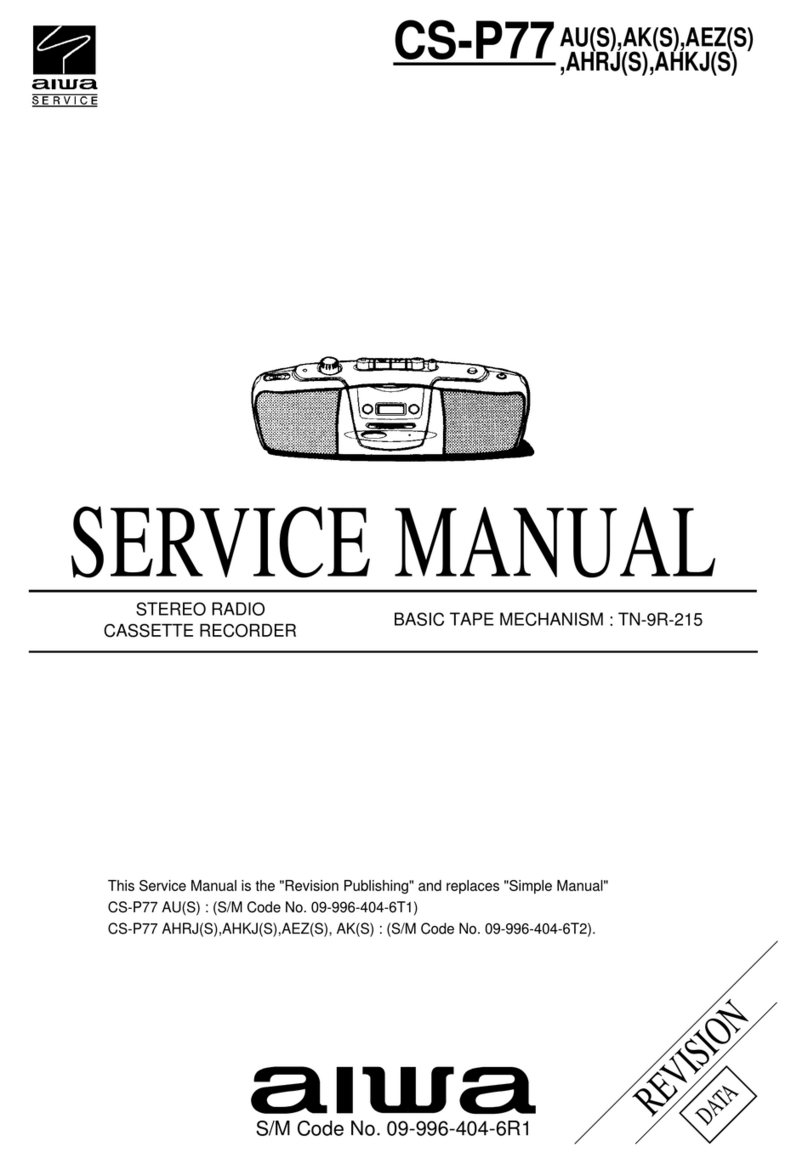Magnavox AZ8704 User manual
Other Magnavox Cassette Player manuals
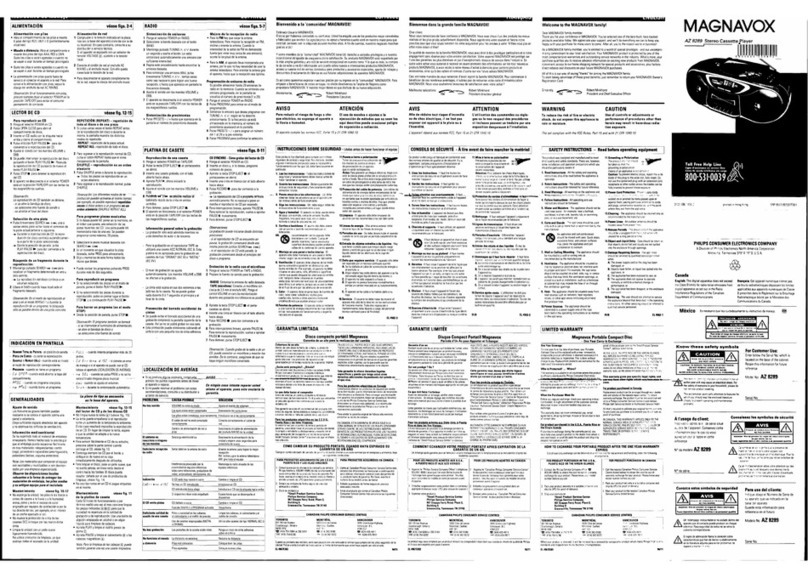
Magnavox
Magnavox AZ8289 User manual

Magnavox
Magnavox AZ 8262 User manual
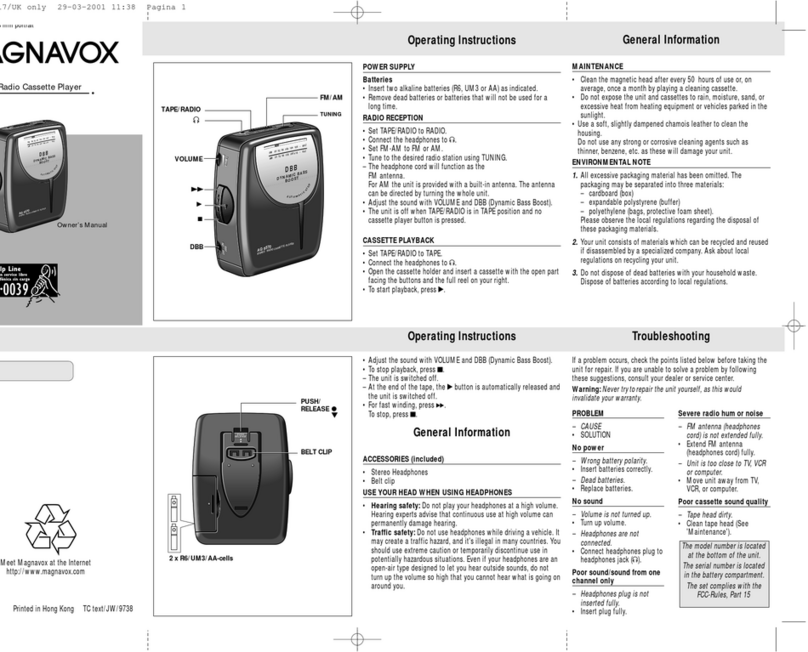
Magnavox
Magnavox AQ 6570 User manual
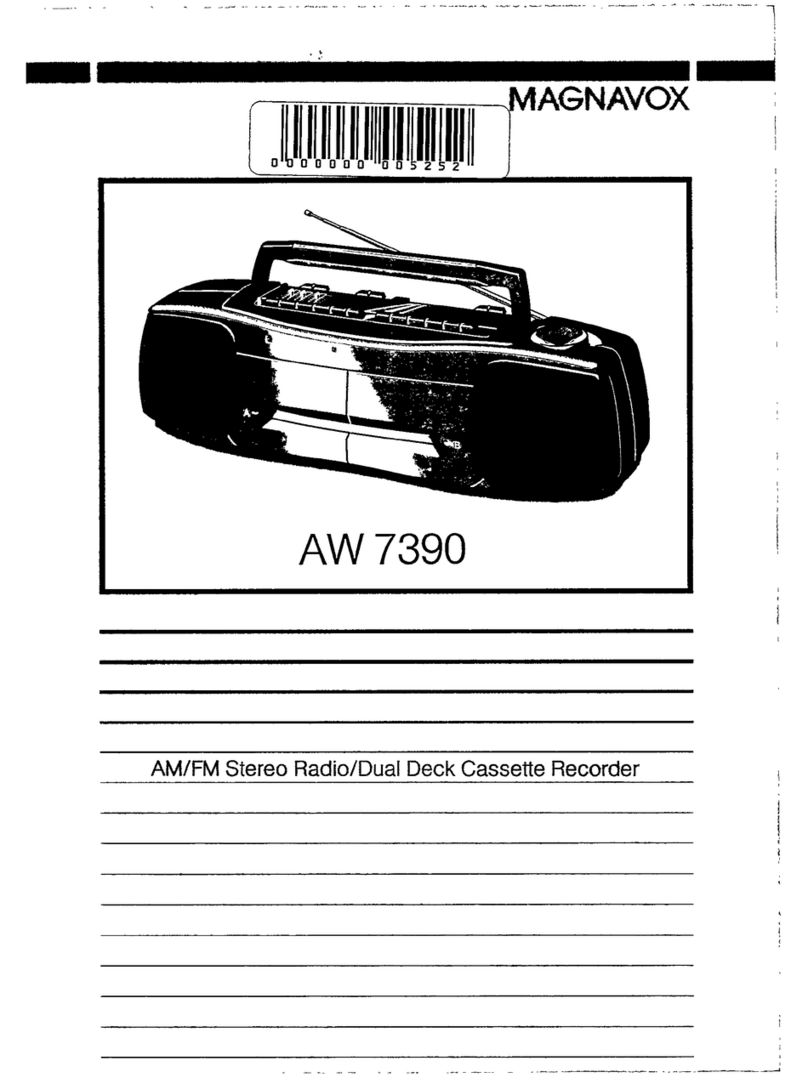
Magnavox
Magnavox AW7390 User manual
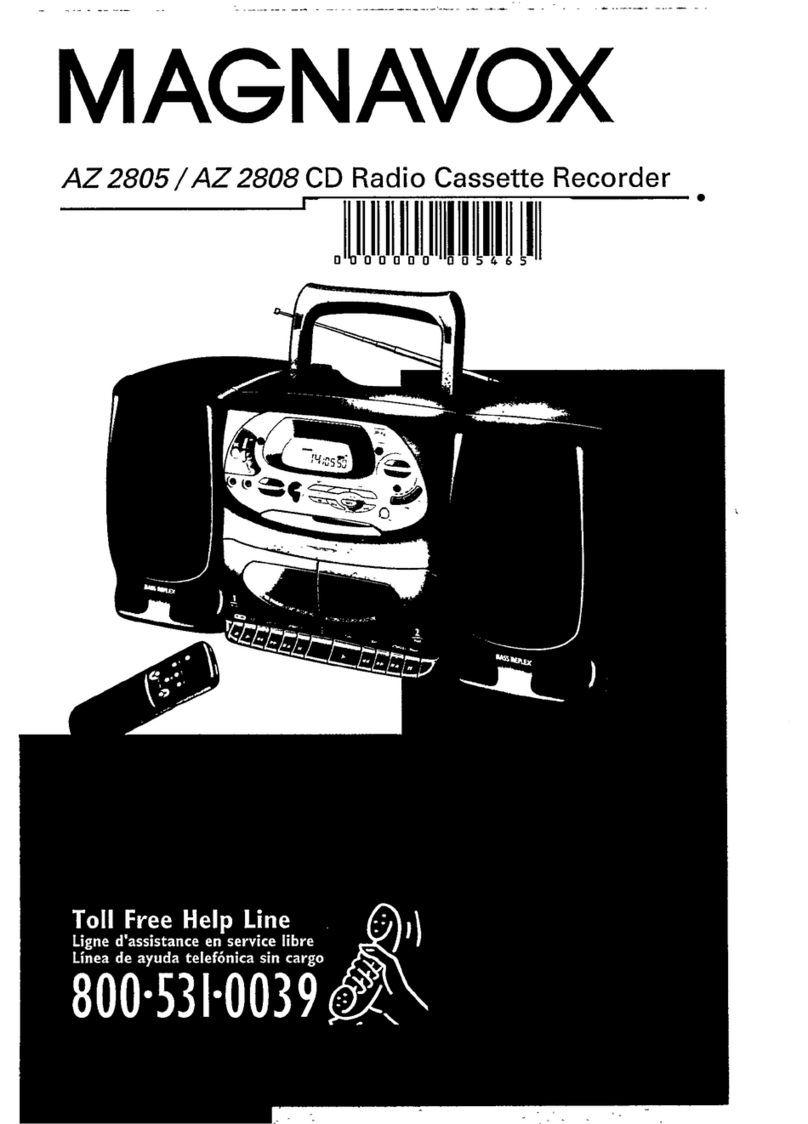
Magnavox
Magnavox AZ 2805 User manual

Magnavox
Magnavox AZ 1602 User manual
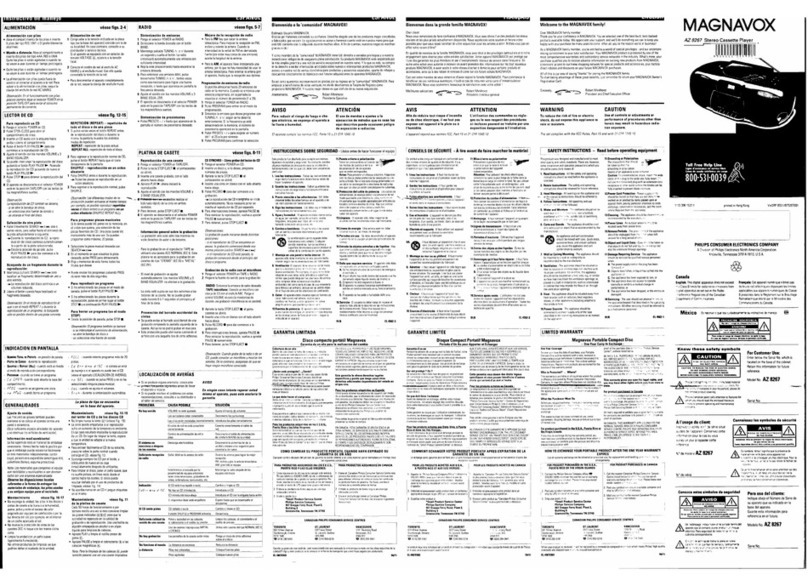
Magnavox
Magnavox AZ8267 User manual
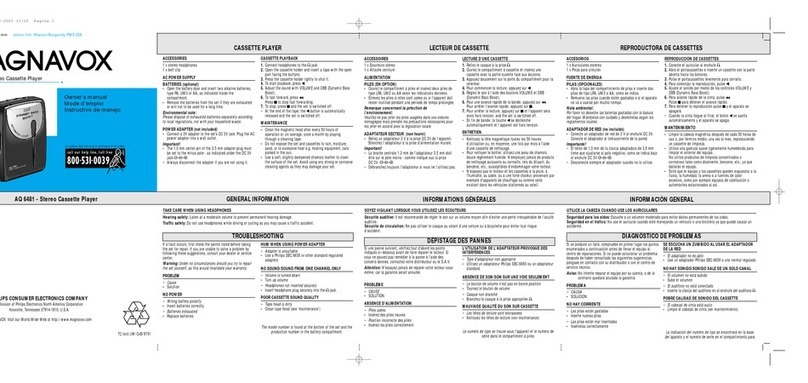
Magnavox
Magnavox AQ6481 User manual

Magnavox
Magnavox DCC 600 User manual

Magnavox
Magnavox AW7390 User manual






